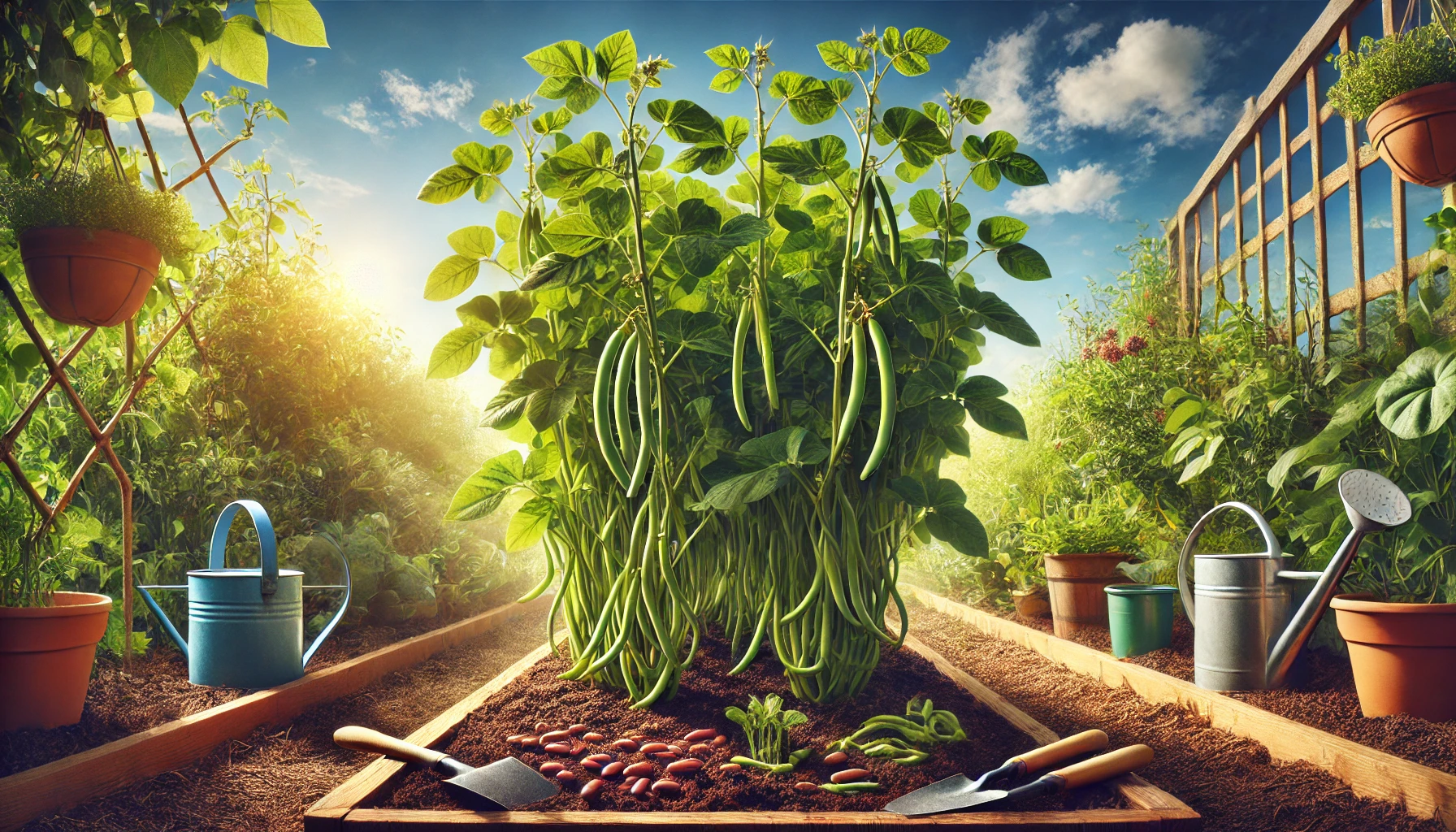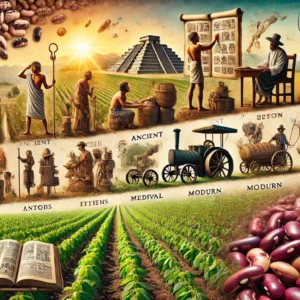Introduction to Kidney Beans
Kidney beans, scientifically known as Phaseolus vulgaris, are a versatile legume celebrated for their rich protein and fiber content. Originating from Central America, these beans have found their way into a variety of cuisines around the world. They are named for their distinctive kidney-like shape and come in various colors, including red, white, and spotted. Growing kidney beans from seed can be a rewarding process, providing a bountiful harvest for home gardeners.
Perfect Weather Conditions for Kidney Beans
| Weather Condition | Ideal Parameters |
|---|---|
| Temperature | 70-80°F (21-27°C) |
| Soil Temperature | Above 60°F (16°C) |
| Sunlight | Full Sun (6-8 hours daily) |
| Humidity | Low to Moderate |
| Rainfall | 1-1.5 inches per week |
Choosing and Preserving Seeds
Choosing Seeds:
- Purchase from Reputable Sources: Ensure seeds are from a trusted supplier to guarantee high germination rates and disease-free seeds.
- Variety Selection: Choose a variety suited to your climate and soil conditions, and consider whether you want bush or pole beans.
Collecting and Preserving Seeds:
- Harvest Mature Pods: Pick the pods when they are dry and brittle, typically in late summer or early fall.
- Drying: Spread the pods in a single layer in a dry, ventilated area until completely dry.
- Shelling: Remove the beans from the pods and inspect for any signs of damage or mold.
- Storing: Store beans in a cool, dark place in airtight containers. Label with the date and variety.
Growing Seedlings from Seed
- Soaking Seeds: Soak seeds in water for 12-24 hours before planting to expedite germination.
- Planting Depth: Sow seeds 1-1.5 inches deep in seed trays filled with seed-starting mix.
- Watering: Keep the soil moist but not waterlogged.
- Germination: Seeds typically germinate in 7-14 days. Ensure consistent moisture and warmth.
- Thinning: Once seedlings have developed their first true leaves, thin to one plant per cell or space.
Nutrition Requirements for Kidney Beans
| Nutrient | Importance |
|---|---|
| Nitrogen (N) | Promotes leafy growth |
| Phosphorus (P) | Essential for root development and flowering |
| Potassium (K) | Aids in overall plant health and disease resistance |
| Calcium (Ca) | Important for cell wall structure |
| Magnesium (Mg) | Central component of chlorophyll |
| Iron (Fe) | Necessary for enzyme function and chlorophyll production |
Organic Soil Mix for Kidney Beans
| Ingredient | Amount (per cubic foot) |
|---|---|
| Compost | 2 parts |
| Garden Soil | 1 part |
| Aged Manure | 1 part |
| Perlite or Sand | 1 part |
| Bone Meal | 1 cup |
| Kelp Meal | 1 cup |
Making the Soil Mix:
- Combine Ingredients: Mix 2 parts compost, 1 part garden soil, 1 part aged manure, and 1 part perlite or sand.
- Add Supplements: Incorporate 1 cup of bone meal and 1 cup of kelp meal per cubic foot of the mix.
- Blend Thoroughly: Ensure all components are well-mixed for even nutrient distribution.
- Moisture Check: Ensure the mix is moist but not wet, providing a perfect environment for roots to thrive.
Transferring Seedlings to Garden or Raised Bed
- Hardening Off: Gradually acclimate seedlings to outdoor conditions by exposing them to sunlight and wind over 7-10 days.
- Preparation: Choose a well-draining, sunny location. Loosen the soil and incorporate compost.
- Spacing: Space bush varieties 6-8 inches apart and pole varieties 4-6 inches apart with trellises for support.
- Transplanting: Carefully remove seedlings from trays, ensuring not to damage the roots. Plant at the same depth as in the tray.
- Watering: Water thoroughly after transplanting to settle the soil around the roots.
Growth Stages and Care
- Seedling Stage (0-2 weeks):
- Watering: Keep soil consistently moist.
- Fertilizing: Light application of balanced fertilizer.
- Vegetative Stage (2-6 weeks):
- Watering: Deep watering once a week.
- Fertilizing: Apply a nitrogen-rich fertilizer to promote leafy growth.
- Pruning: Remove any damaged or yellow leaves.
- Flowering Stage (6-10 weeks):
- Watering: Maintain even moisture.
- Fertilizing: Use a fertilizer higher in phosphorus to support blooming.
- Support: Ensure pole varieties are securely tied to supports.
- Pod Development (10-12 weeks):
- Watering: Keep soil evenly moist.
- Fertilizing: Apply a balanced fertilizer to support pod growth.
- Pest Control: Monitor for pests and treat organically if necessary.
Harvesting and Preserving the Crop
- Harvesting:
- Timing: Harvest beans when pods are fully developed and firm, typically 10-12 weeks after planting.
- Method: Use scissors or garden shears to cut pods from the plant to avoid damaging the vines.
- Preserving:
- Drying: For dried beans, leave pods on the plant until they turn brown and dry. Shell the beans and dry further if necessary.
- Storage: Store dried beans in a cool, dark place in airtight containers.
- Freezing: Blanch fresh beans for 3 minutes, cool in ice water, drain, and freeze in airtight containers.
- Canning: Follow proper canning procedures to preserve fresh beans.
By following these detailed steps, you can successfully grow and harvest kidney beans, enjoying the fruits of your labor in various culinary dishes.



